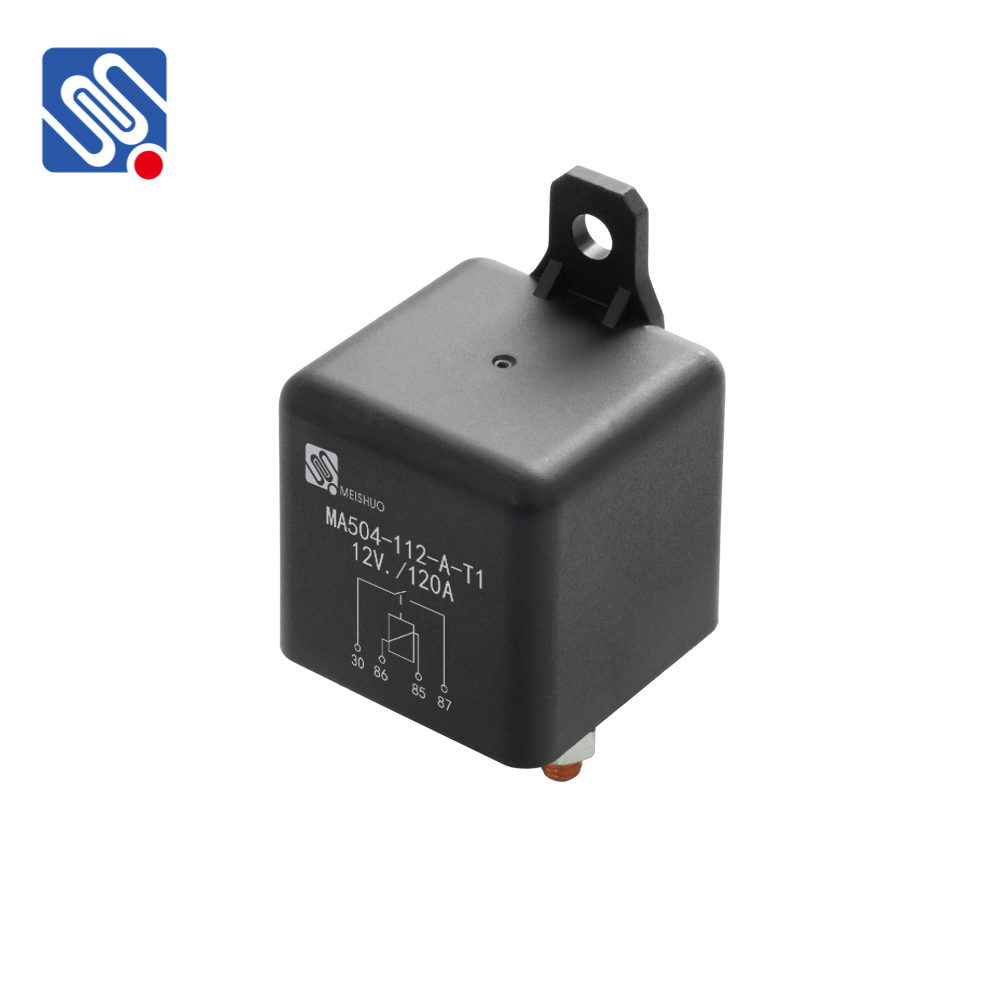Relay isolation is a fundamental concept in electrical engineering, used to ensure that electrical circuits are properly separated while allowing for control or signaling functions. This technique utilizes the properties of relays to provide electrical isolation between different parts of a system, preventing interference, reducing the risk of damage, and ensuring overall safety and efficiency. In this article, we will explore what relay isolation is, how it works, and its various applications in electrical and electronic systems.

What is Relay Isolation? Relay isolation refers to the method of using a relay, an electromagnetic switch, to isolate two parts of an electrical circuit. A relay operates by using a low voltage signal to activate a magnetic field, which then causes a mechanical switch to open or close. The key feature of a relay is that it provides electrical isolation between the control side (input) and the output side (load), ensuring that the circuits do not directly connect to each other. This isolation is vital in many situations where safety, noise reduction, or signal integrity is required. How Does Relay Isolation Work?